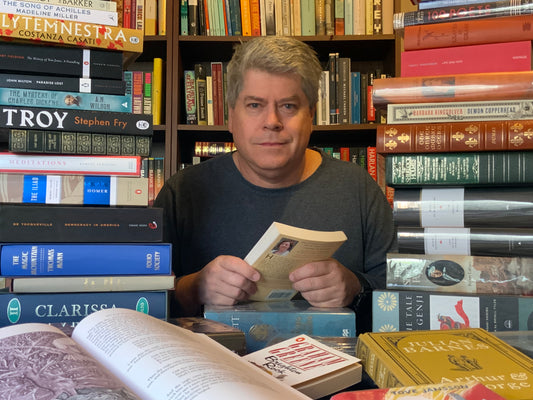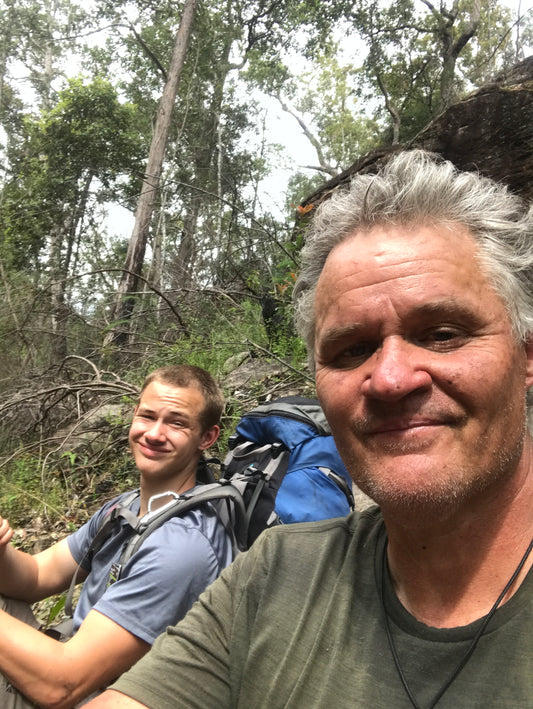It is 75 years since the death of the man who gave us the Everglades, one of the most beautiful gardens in Australia.
Henry Van de Velde was born in Belgium but by the 1930s had created Feltex, a big floor-covering company based in Sydney. Like many Europeans, he loved the Blue Mountains and bought some blocks of land in Everglades Street Leura. It was there he met the great Danish-born garden designer Paul Sorenson and enabled him to create his finest work.

From 1933, Sorenson built the Everglades for Van de Velde and his wife Una.The gardens cover a series of terraces running down a hillside to the edge of the Jamison Valley, with several kilometres of beautiful, generally low, dry-stone walls. They are distinguished by their large number of exotic tress and shrubs, many purchased from nurseries in New Zealand, and the way the whole thing consists of a number of semi-enclosed spaces, often enhanced with architectural elements.
One space, for example, has a creek running over artfully-placed, large ironstone rocks; another is an outdoor theatre with neo-classical stonework taken from an old Sydney bank. Here, as in other gardens with terrific views, Sorensen hid the view and led the wanderer through the garden, disclosing the view only at the end.
The poor soil at the Everglades was enriched – and important early stage in any Leura garden - and dug over to a depth of up to 900 millimetres, with all the pieces of ironstone removed to be used for the walls and paths. More stone was obtained by a man who took his cart all around the Mountains, collecting any stone he found on public land.
There was no written contract. Sorensen was paid a retaining fee of a hundred pounds a year. When Van de Velde came up on the weekend, the men would walk over the site and discuss progress. He would then give Sorensen the money he needed for the next week. The work was done by hand by a small army of labourers, readily available on account of the Depression, its effects still biting.
Everglades also contains a modest house and former squash court/gymnasium designed by Sorensen, in a semi-modern style. When Sorensen couldn’t find Sydney craftsmen with sufficient skill to do the woodwork in the house, he turned to a piano manufacturer.
Everglades is arguably the greatest built feature in the Blue Mountains, worth visiting at any time of the year. Sorensen avoided the temptation of having the magnificent Jamison Valley visible from most of the garden, so that the view appears as a surprise only after you have wandered through many other self-contained areas. Another point of interest is the way he managed the transition from formal landscape to the bush surrounding much of the garden; this includes a waterfall and simple grotto.

A feature worth looking out for when you visit is a copy of the lovely small Greco-Roman bronze statue Boy with a thorn in his foot. The original is in the Palazzo dei Conservatori museum in Rome. The first Everglades copy was stolen in 1983 and never recovered. In 2011 the National Trust began a lengthy campaign to raise funds so a new copy could be made in Italy, only to discover the next year that another copy was to be auctioned in Melbourne. That copy was purchased and now resides (securely, one hopes) under a Japanese maple in the courtyard near the house.
One reason for the fame of Everglades is the simple fact it has survived where so many gardens haven’t: Van de Velde died in 1947, and the property was put up for sale. If it had been bought, it might well have been sub-divided and lost. But there were no takers, and it was purchased, intact if run-down, by the National Trust in 1962. So it survived, and this was as well because it was special. Sorensen, who designed over a hundred gardens, said Van de Velde was Australia’s greatest patron of landscape gardening.




